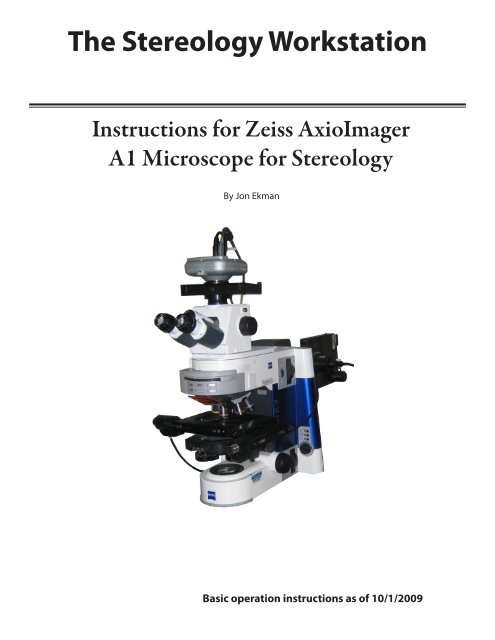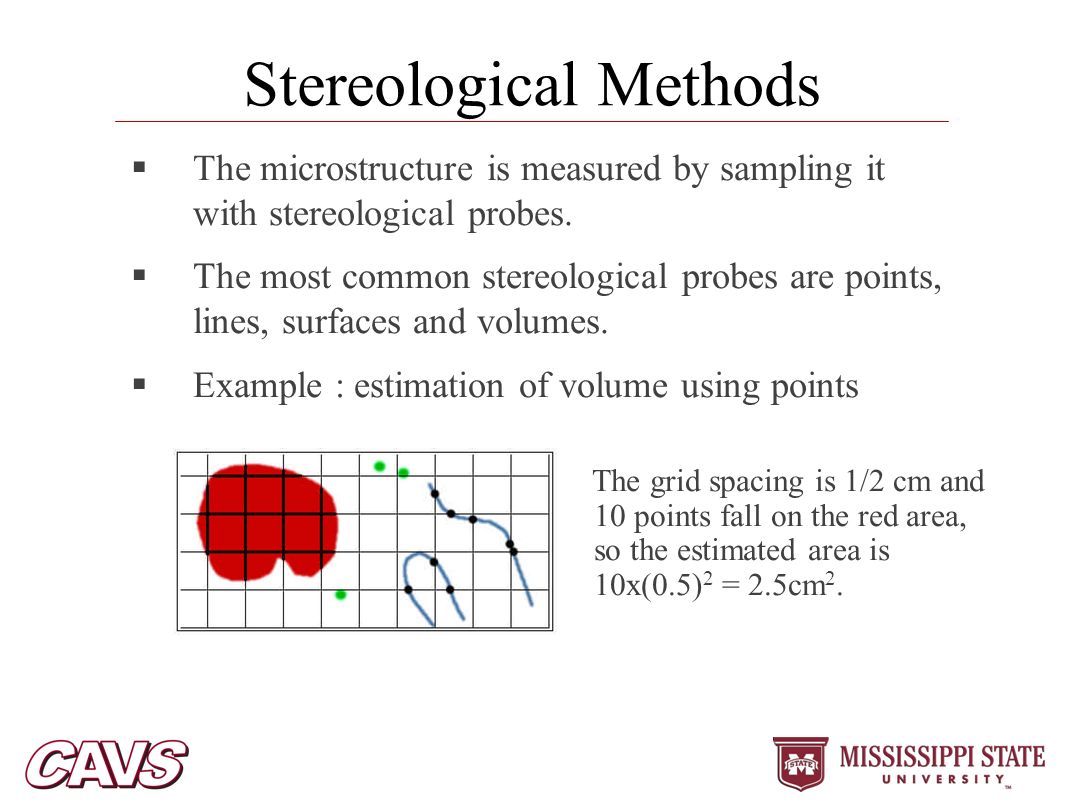

The method lacks a formulation for estimating errors during the unfolding procedure.The use of the histogram also implies that we cannot obtain a complete description of the grain size distribution. The issue is that no method exists to find an optimal number of classes and this has to be set by the user.

There is a trade-off here because the smaller the number of classes, the better the numerical stability of the method, but the worse the approximation of the targeted distribution and vice versa.

read_csv( filepath, sep = ' \t')ĭataset = 2 * np. # Import the example dataset filepath = 'C:/Users/marco/Documents/GitHub/GrainSizeTools/grain_size_tools/DATA/data_set.txt' dataset = pd.


 0 kommentar(er)
0 kommentar(er)
